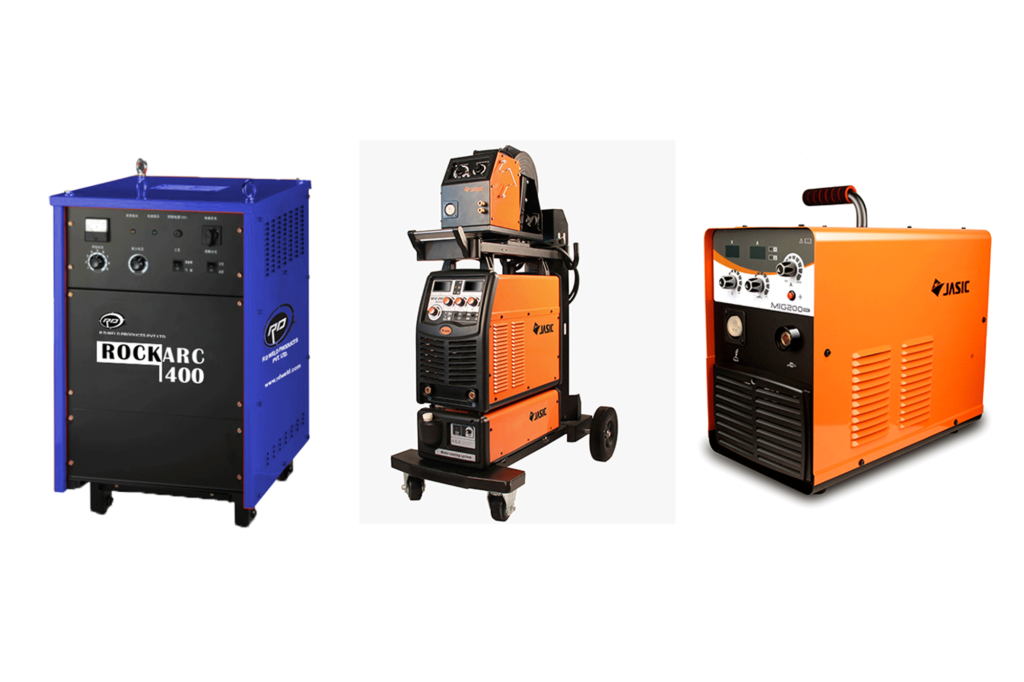Aluminum has for some time been the metal of the future. And why not? With its light weight, corrosion resistance, strength, and electrical conductivity the uses for Aluminum are immense. That combined with the fact that it is the most abundant mineral metal available on Earth make it a perfect solution to a lot of problems.
Aluminum is being used in every industry from the manufacture of vehicle panels to in the construction of buildings. With properties that increase the strength of aluminum as temperature decreases, compared to steel that becomes more brittle at low temperatures, aluminum is also commonly used in natural gas transportation and other cryogenic applications.
As more industries look to save on transportation costs, ease of assembly, recyclability of materials used, aluminum presents a nature advantage being a 3rd of the weight of steel and fully recyclable.
As the use of aluminum grows, so is the demand for aluminum welding. While aluminum welding is not a new process, the same properties that have made the demand for aluminum grow, also present challenges in aluminum welding.
Aluminum can be welded using GMAW, GTAW and SMAW processes. While GTAW used to be a very popular process, increasingly GMAW is being preferred for its increased welding speed. GTAW is still use and has its place in welding thinner sheets and where the appearance of the weld is extremely important.
While a range of processes can be used to weld aluminum, the challenges of porosity, hot cracking, impermeability of aluminum oxide need to be solved for when welding. A sound weld is all about chemistry, and for example one of the most commonly used aluminum base metal 6061 has high crack susceptibility with its current chemistry. Filler material with magnesium (ER5356) or silicon (ER4043) is recommended to use with 6061 to solve for this. The problem of porosity can be managed by using an inert gas mixture of helium and argon. Apart from chemistry, technique is the other important attribute that defines a good weld. Unlike the commonly used weaving action performed in steel welding, aluminum is welded with string bead and performed at high speed and at high temperature to prevent burning through the base metal. While aluminum welding required more care than welding steel, with the demand for aluminum growing specially with the rapid growth in formwork based building construction, we can expect the demand for aluminum welding consumables, pulse MIG machines and skilled welders increasing quite rapidly.
Authored By
Akshay Balwani
Manager-Marketing
R D Weld Products Pvt. Ltd.
www.rdweld.com
Cookie Consent
We use cookies to personalize your experience. By continuing to visit this website you agree to our Terms & Conditions, Privacy Policy and Cookie Policy.





















